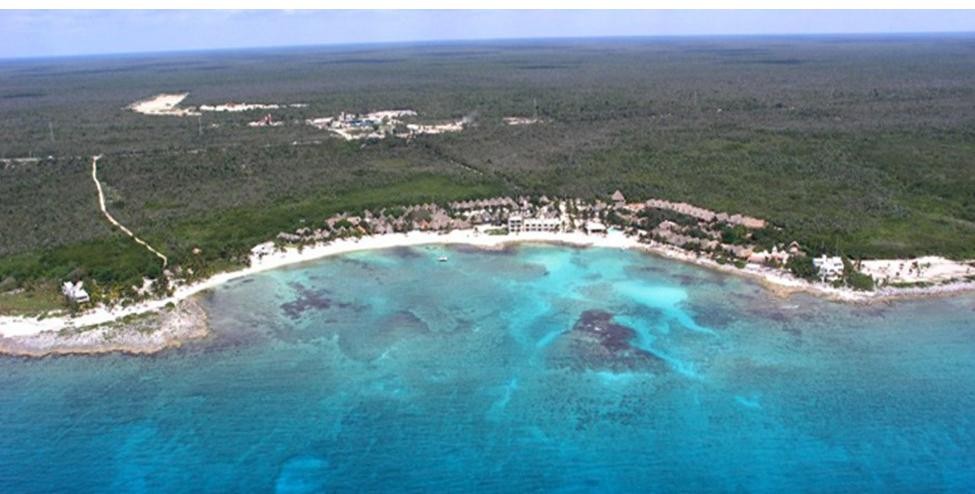By John Chalmers on the April 2021 Edition
Have you ever wondered where all the stones come from that are used to make the wonderful cobblestone roads of México? What you may not know is that most of the cobblestones to-day are not mined, not found in pits like gravel, and not collected from beaches. For over 600 years, they have been grown on trees, mainly in hillside plantations in the state of Colima.
 In 1519, Spanish conquistador, Hernán Cortés (1485-1547) first came to the land we know as México, after spending time in Cuba. He led an expedition that caused the fall of the Aztec empire and brought large portions of mainland México under Spanish rule. Travelling with Cortés in his conquest was the expedition’s scientist, Ricardo O’Leary Gonzales.
In 1519, Spanish conquistador, Hernán Cortés (1485-1547) first came to the land we know as México, after spending time in Cuba. He led an expedition that caused the fall of the Aztec empire and brought large portions of mainland México under Spanish rule. Travelling with Cortés in his conquest was the expedition’s scientist, Ricardo O’Leary Gonzales.
Of Irish/Spanish descent, O’Leary Gonzales is credited with discovery and naming of the Cobblestone Tree, known in Spanish as the árbol de adoquines. He was the first to use its stones in making roads in México. An early traveler, he had seen the cobblestone Appian Way built by the Romans in 312-264 BC, which may have inspired him. Parts of that road remain today.
 In recognition of the discovery and application of the stones to build the first paved roads in the new world, Cortés honoured O’Leary Gonzales by bestowing the Latin name of Organicum Lapides Olearius upon the tree and registered the name with the Spanish Institute of Botany.
In recognition of the discovery and application of the stones to build the first paved roads in the new world, Cortés honoured O’Leary Gonzales by bestowing the Latin name of Organicum Lapides Olearius upon the tree and registered the name with the Spanish Institute of Botany.
Hernán Cortés returned to Spain in 1541, but his scientist remained in the New World, cultivating huge plantations of Cobblestone Trees, which are still in use today, producing a product for the building of roads. With the success of plantations, México has a continuous supply of the stones that are used in the artistic arrangements that characterize the traditional roads of the country.
Each year, starting in January, the organic cobblestones are harvested when they drop from the trees and are then placed in the sun for hardening. Any cobblestones that fall when they are not ready, perhaps dislodged by wind, are kiln-dried to ensure they meet the hardness needed for paving.

An annual “festival of stones” is held in the small town of Pueblo de Piedras in the state of Colima, where every road in town is paved with cobblestones. In an event called the Celebración de Adoquines, residents of the town bring their hardened stones to do any repairs necessary for their roads.
Potholes are repaired, patios are built, and new roads are started.
The celebration concludes with a public dinner where huge pots have been simmering all day in slow cooking of unripe cobblestones, which never hardened for use. They are cooked with rice, pork and corn in a traditional stew called guiso de piedras and eaten with corn tortillas. The festival and feast are always held on April 1, a day known in North America as April Fool’s Day.
 |
 |
Hernán Cortés, Spanish conquistador (1485-1547)
Spanish Conquistador who led an expedition that caused the fall of the Aztec Empire and brought large portions of what is now mainland Mexico under the rule of the King of Castile in the early 16th century. Cortés was part of the generation of Spanish explorers and conquistadors who began the first phase of the Spanish colonization of the Americas. He came to Mexico in 1519, returned to Spain in 1541.
 |
 |
 |
 |




